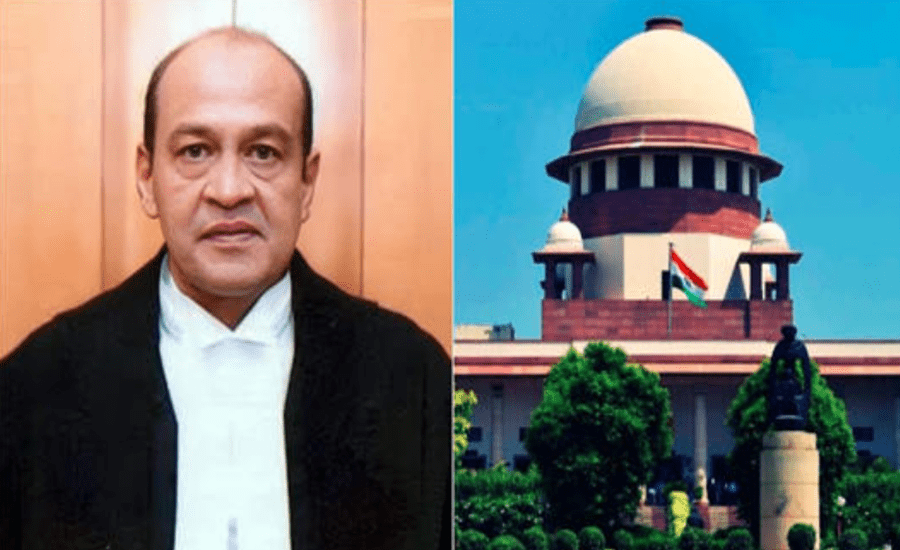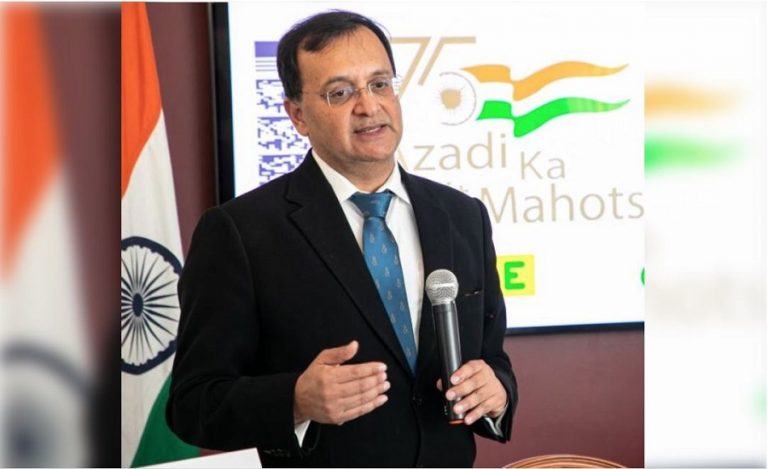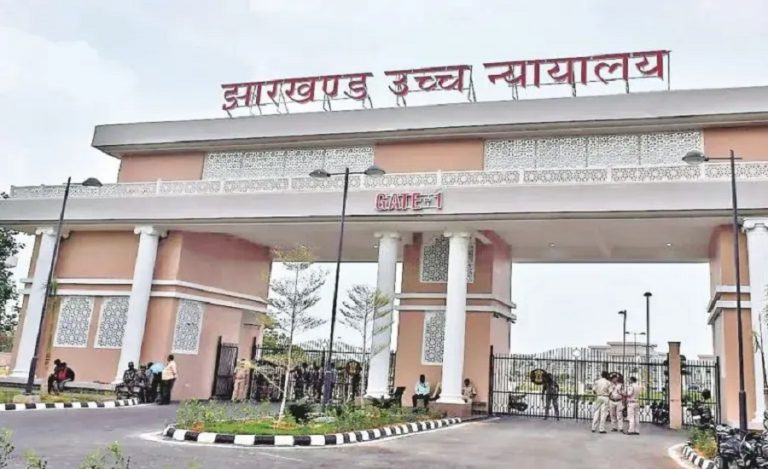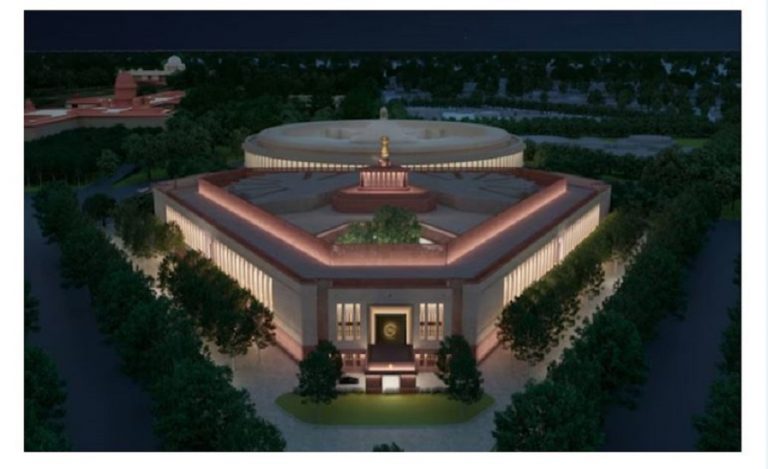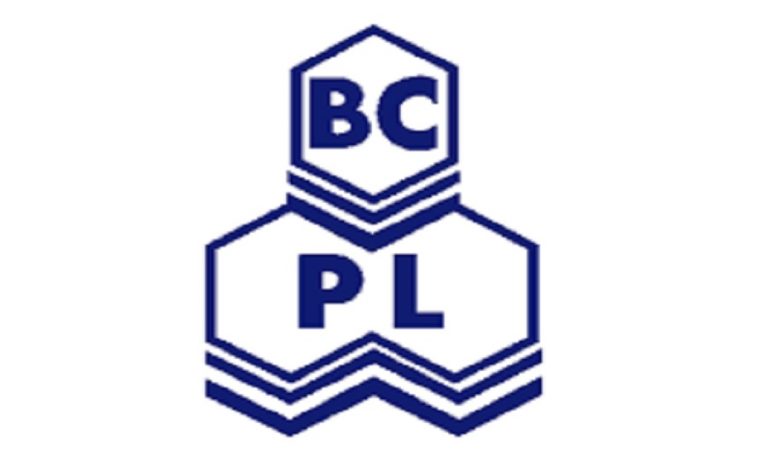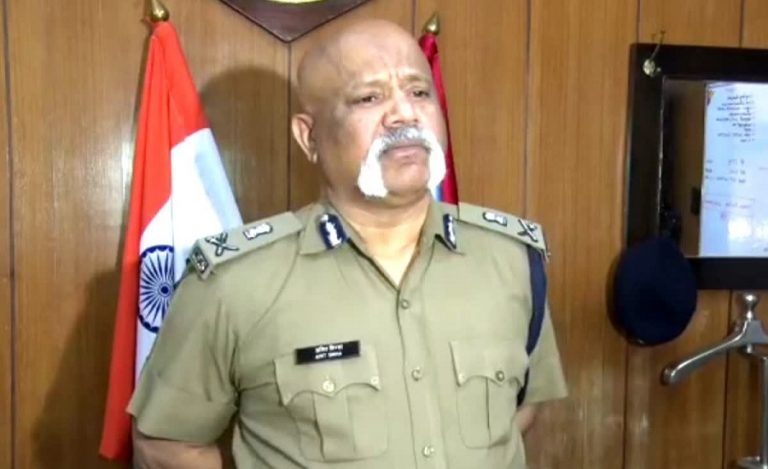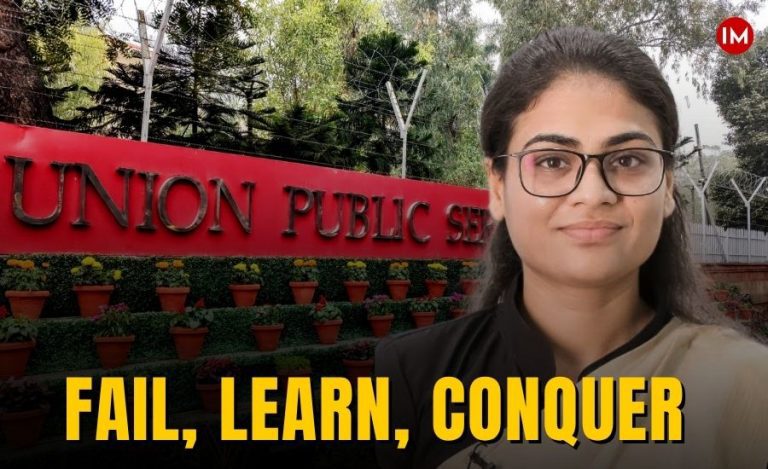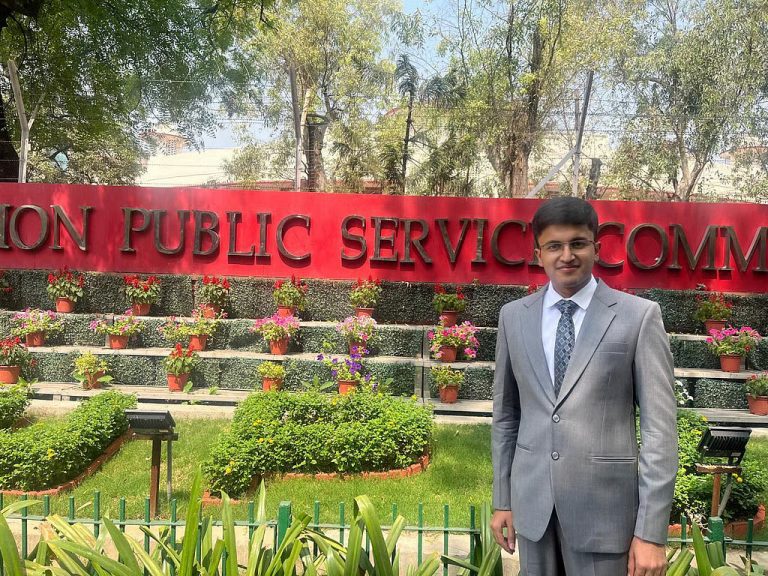New Delhi: The impeachment process against Justice Yashwant Verma of the Allahabad High Court is likely to be formally initiated in the Lok Sabha, after procedural lapses were found in an earlier notice submitted by the Opposition in the Rajya Sabha.
According to high-level sources, several errors were identified in the notice accepted by then Rajya Sabha Chairman Jagdeep Dhankhar. Although the notice was sent for examination to the Secretary General, it was never formally tabled in the House. With this, the government now plans to cancel the flawed RS notice and begin a fresh impeachment process in the Lower House.
Why the Rajya Sabha Notice May Be Cancelled
The notice submitted by the opposition parties in the Rajya Sabha has been flagged for multiple technical and procedural flaws. Officials familiar with the matter said that the document failed to comply with several constitutional and legal requirements, making it untenable for further consideration.
The motion was never formally presented in the House, and therefore, can be annulled without debate. Sources suggest that this move may also ease tensions between the government and the Rajya Sabha secretariat, especially after a reported standoff between the government and Chairman Dhankhar, who accepted the Opposition’s notice earlier this year. Notably, Dhankhar later resigned from his position, citing health reasons – though insiders hint at underlying differences over this matter.
Government to Present Motion in Lok Sabha First
With the Rajya Sabha motion likely shelved, the government is expected to present the impeachment proposal in the Lok Sabha. According to parliamentary rules, the House that first accepts the motion initiates the process.
As part of the impeachment mechanism, a three-member inquiry committee will be constituted with the consent of both Houses. This panel is expected to include–
- One Supreme Court judge
- One High Court judge
- One constitutional expert
The committee will be tasked with examining the charges and submitting a report. If it finds merit in the allegations, both Houses must pass the motion by a two-thirds majority for the judge to be removed from office.
Anti-Corruption Narrative Behind the Move
According to insiders, the impeachment motion is being positioned by the central government as a landmark step in its fight against judicial corruption. By initiating the process afresh and involving both Houses, the Centre wants to build consensus around the seriousness of the charges against Justice Verma and demonstrate its zero-tolerance stance.
The government is reportedly aiming to finalize the composition of the inquiry committee by next week, thereby setting the process in motion ahead of the upcoming session.

